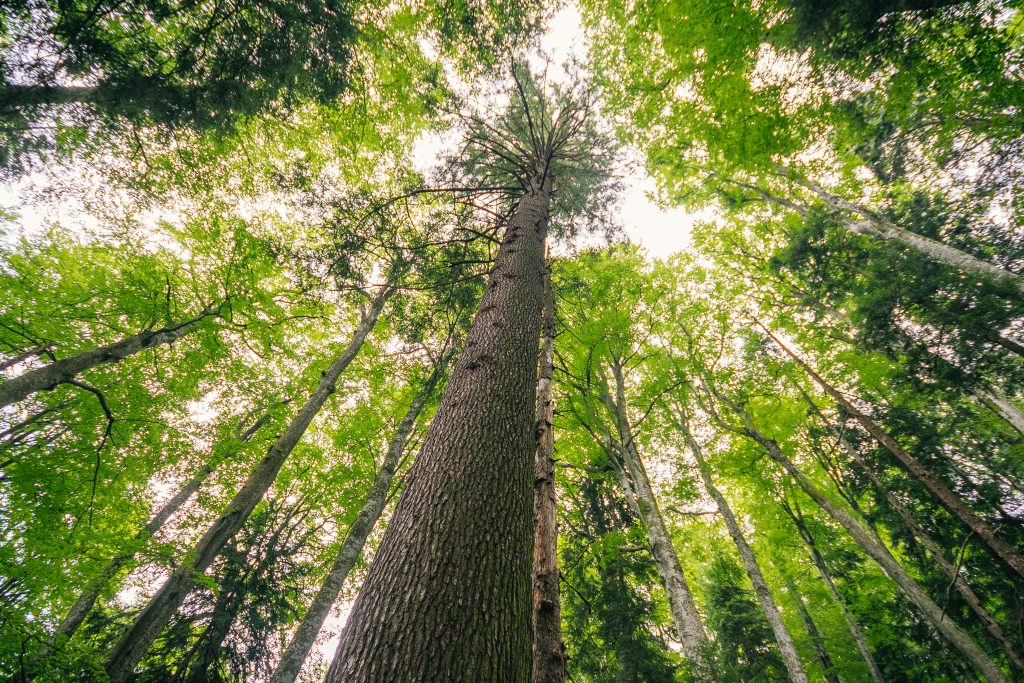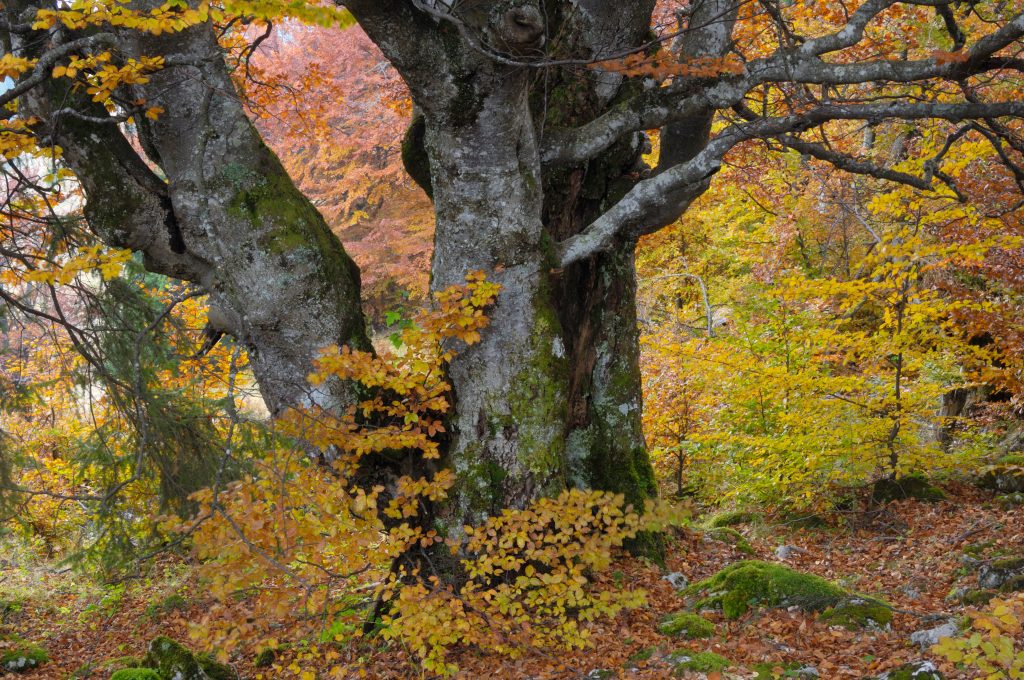This is a crucial moment for the reform of the Forestry Code in Romania and it is critical to bring science-based evidence and experience to inform policy discussions that will have far-reaching consequences for the country’s natural heritage. At WWF Romania, we are proud to have worked for 20 years to conserve the country’s forests and utilize science to ensure that management practices do not harm our nature while also fostering economic development for local communities. It is critical that we come together on solutions that are in the interest of nature, so that our future generations can continue to benefit from Romania’s rich natural endowment.
The High Stake of the Forestry Reform in Romania
As sourcing wood from the Global South and neighboring non-EU countries becomes a challenge, the primary wood-processing industry needs evermore timber to chop in their factories and puts pressure on domestic resources.
Europe’s healthiest, most biodiverse, and resilient forests are located in Central, Eastern and Southeastern Europe. The persistence of this natural heritage in the region is neither a coincidence, nor the result of the lack of capacity to extract wood. It is due to the high national requirements for forest management that Romania and other countries in the region have maintained throughout the years. Since these prerequisites are more stringent than in most of the EU Member States, the easiest way to increase timber harvesting is to lower these standards, harmonizing them to the legal requirements of countries where logging is ‘more flexible’.
This willingness is well reflected in the current draft of the Forestry Code. As it stands, the proposed reform requires no planning nor limits for annual allowable cuts and essentially gives the green light to uncontrolled „ad-hoc logging”. This massive change in the forest management practices seems to respond more to the needs of the wood market – dominated by the primary processing industry – rather than to sustainability and conservation criteria.
This type of industry prefers fresh logs from younger trees and the 2,5 million hectares of forests that, according to the EU Forest Observatory, are not inscribed in the Forestry registry could offer enough wood to accommodate this demand. Considering all this, are the old-growth forests really the ones that are most endangered?

Old Growth Forests: Facts and Myths
Virgin and quasi-virgin forest are old-growth forests. The structure of these forests is the result of natural processes, as logging had no significant influence on the dynamics of their ecosystems. The protection of these natural heritage is of extreme importance for Romania.
In 2011, WWF initiated the campaign for the recognition of the ‘strict protection’ status. Since then, our work has significantly contributed to the identification and mapping of the old growth forests, strengthening of the law provisions and working procedures to enhance their protection, and building capacity for interested stakeholders to follow legal procedures to ensure their protection.
Unfortunately, ambiguities in concepts and definitions of what constitutes an old-growth forest continues to circulate, misleading public debates and opinions. While thinking of an old-growth forest, many might picture only majestic trees, heaps of dead wood covered with mosses, snags spangled with cavities and bracket fungi, and rare wildlife, it is important to also recognize that this is just an archetype. Indeed, these are specific characteristics of old-growth forests, but actually all these elements can also be found in other well managed forests, where closer-to-nature-practices aiming at improving conservation values and climate resilience have been applied.
Since the Closer-to-Nature Forest Management is quite common in Romania, managed forests tend to achieve similar structure to old-growth ones. Therefore, other criteria and indicators should be applied to differentiate these two types of forests than the simple age of trees.
Who profits from setting an age-related criteria for timber harvesting?
From an economic point of view, the practice of long production cycles leads to the harvesting of high-quality timber that is used to create long-lasting wooden products, such as musical instruments, thick wooden beams for buildings, wine barrels, carved or bent furniture, etc. These superior-processing industries use small quantities of wood, generate development and create jobs and income in local communities, while increasing tax revenue gains to the state.
By setting an age criteria that prohibits logging of trees older than 100 or 120 years, the wood harvesting will be redirected on younger trees to cover the market demand. This will generate significant side effects.
Nowadays, the forests above 120 years, most of which don’t have the status of old growth forests, count for 7% of the total forest areas. If cuts are allowed based on age, productive forests will be managed with shorter rotation periods to have younger stands with higher wood growth available for logging. In a few decades, Romania will be left only with the young forests as the increased pressure will never let these ecosystems reach a natural structure again, with forests aged 12 to 180 years old, with all the climate and biodiversity disadvantages that this entails.
Finally, the timber generated by the young trees is inadequate to create high-quality products. This will inevitably damage those manufacturers that are producing high value-added wood products with long life cycles (cascading use principle). Instead, these young and thinner trees are a perfect fit for the cutting machines in the huge primary-processing factories, which do not necessarily need superior wood quality.
As the new Forestry Code is about to set the legal framework that will determine the future of the Romanian forests, the long-term risks that these decisions will have on the environment and the economy must be seriously considered. WWF is working with the Romanian government and with all the interested stakeholders to ensure that the forestry practices that have allowed the country to preserve this invaluable natural heritage will be maintained. Sterile debates on age of trees in old-growth forests do only divert the public attention to the main issues at stake, lending a hand to those industries that want to transform our unique natural patrimony into cheap lumber, wood chipboards, or biomass for energy production.

